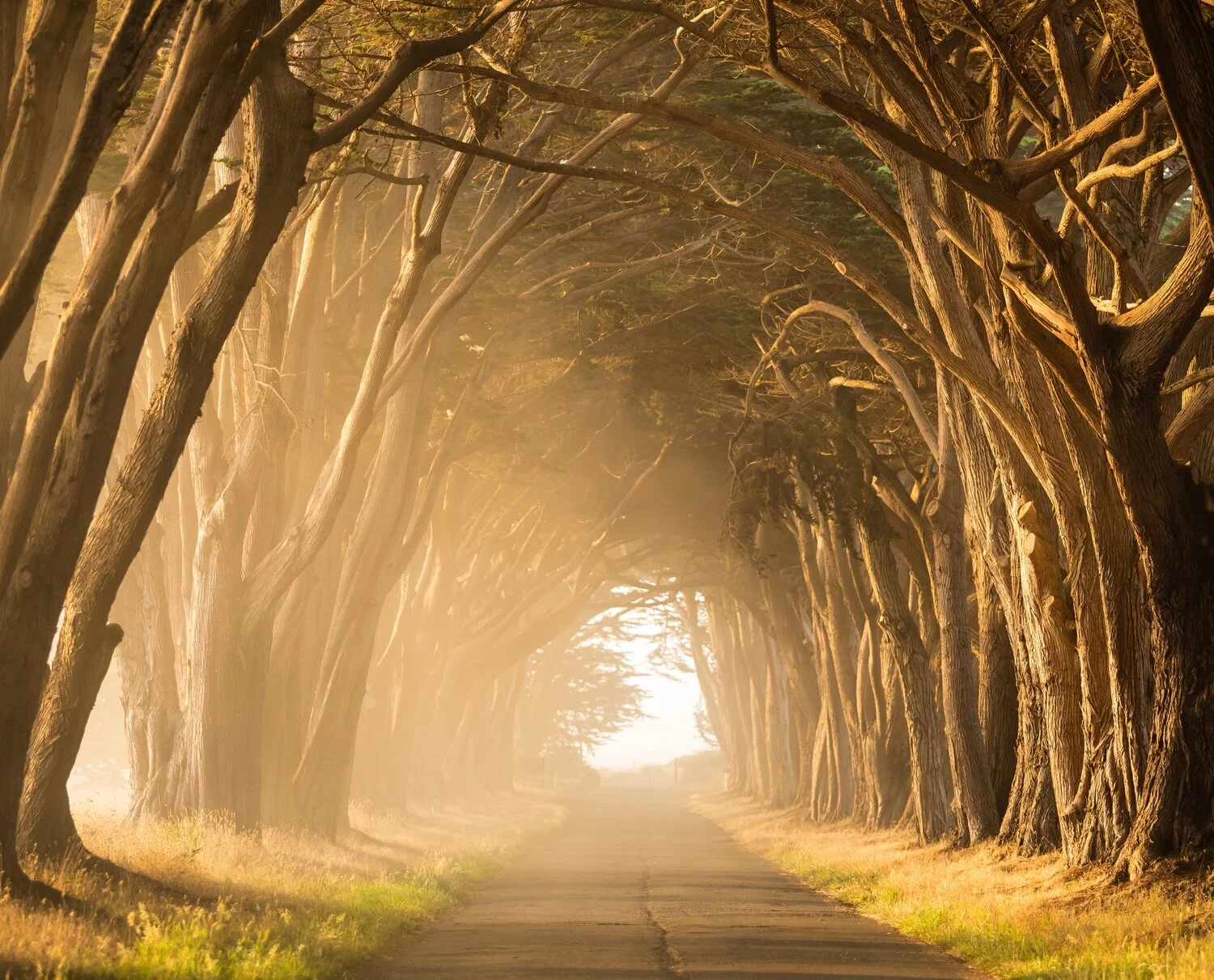Awakening Ecological Selfhood
By Jakob (Osiris) Ledbetter
Somewhere along the evolutionary path, the majority of humanity severed their full-bodied, participatory connection with the natural world (Glendinning, 1996). We went from a deep embodiment of our natural role and responsibility amongst the ecological community, to psychologically elevating ourselves above our more-than-human kin. Humans forgot that they belong to the world as organic extensions of the environment, and that their hearts and minds are deeply rooted in nature. Today in the post-industrial, tech-driven society of first world countries, we live in a sort of intergenerational, cultural amnesia – unaware of the belonging we’ve long forgotten – known as shifting baseline syndrome. Though many of us in the modern world lack a lineage of intact culture to remind us of our ecological belonging, we still carry the indigenous memory in our DNA, waiting to be reawakened.
Once upon a time, humans lived as ecologically grounded beings, detecting the patterns of nature through a finely tuned human sensory system, experiencing the moment, and feeling intimately connected with the greater flow of life and creation (Lane, 2016). A primal need for heightened awareness optimized our sensory experience and brought us to a natural state of mindfulness. Hunter-gatherers around the world relied on (and continue to rely on) this expanded sense of wakefulness to survive, and thrive, which deep ecological theorist Arne Naess (1998) has coined the ecological self.
To embrace ecological selfhood is to embody a widened and deepened sense of being-ness that instinctively recognizes the interdependent nature of all phenomena. The ecological self identifies with the larger community of all animate life. Ecological identity consciousness is fluid, active, and constantly informed by the ever-unfolding experiences of being deeply embedded within the dynamism of natural environments. The ideology of ecological selfhood requires that one’s existence, whether human or non-human, is directly linked to the existence of all other beings. In other words, all possible threads of organic life – whether animal, plant, human, or fungi – without exception, necessarily arise, survive, and thrive co-dependently with one another.
The Great Forgetting is the colloquial term marking our departure from ecological selfhood. As the dominant inhabitants of Earth, facing the current ecological crisis occurring in every ecosystem world-wide, it is crucial that we begin to investigate the wealth of knowledge lying dormant in our ecological unconscious (Roszak, 1992): the mindful awareness our ancestors knew as moment-to-moment reality which enabled them to live in balance as fully realized Earthlings. Such an examination of what was left behind, and the reclamation of that forgotten knowledge can be streamlined into our modern psyches through an engagement in the natural world by the practices of deep sensory awareness.
As nature-divorced humans of the modern-day era, we desperately need nature-based activities and routines that imprint our psyches so deeply, that we are gently nudged to awaken the quiescent ecological self – residing in the depths of our unconscious. The ecological crisis is the result of a 10,000-year perceptual disorder in perceiving ourselves as separate from the life-source of nature.
Beginning the journey of reclaiming our full-bodied sensory inheritance is available at this very moment. The sensory awareness toolkit is inborn, and we are fortunate to have so many mentors, both ancestral and current, sharing the paths to developing deep sensory awareness skills.
I hope you’ll join us as we bring to our local community some of the awareness practices that naturally arise each summer, out on trail with the youth. This spring, Rite of Passage Journeys will launch a nature-connection series where we will dive into the topics of fire-by-friction and understanding the language of birds . We look forward to practicing deep sensory awareness skills together in community.
References
Glendinning, C. (1996). Technology, Trauma, and the Wild. In Roszak, Gomes, Kanner (Eds.) Ecopsychology: Restoring the Earth, Healing the Mind (pp.41-54). San Francisco: Sierra Club Books.
Lane, J. (2016, Oct.). Are you missing a key ingredient to your nature connection journey? [E-mail from the author]
Naess, A. (1988). Self Realization: An Ecological Approach to Being in the World. In J. Seed, P. Fleming, J. Macy and A. Naess (Eds.) Thinking Like a Mountain— Towards a Council of All Beings (pp. 80-97). Gabriola Island, BC: New Society Publishers.
Roszak, T. (1992). The Voice of the Earth: An Exploration of Ecopsychology. Grand Rapids, MI: Phanes.












